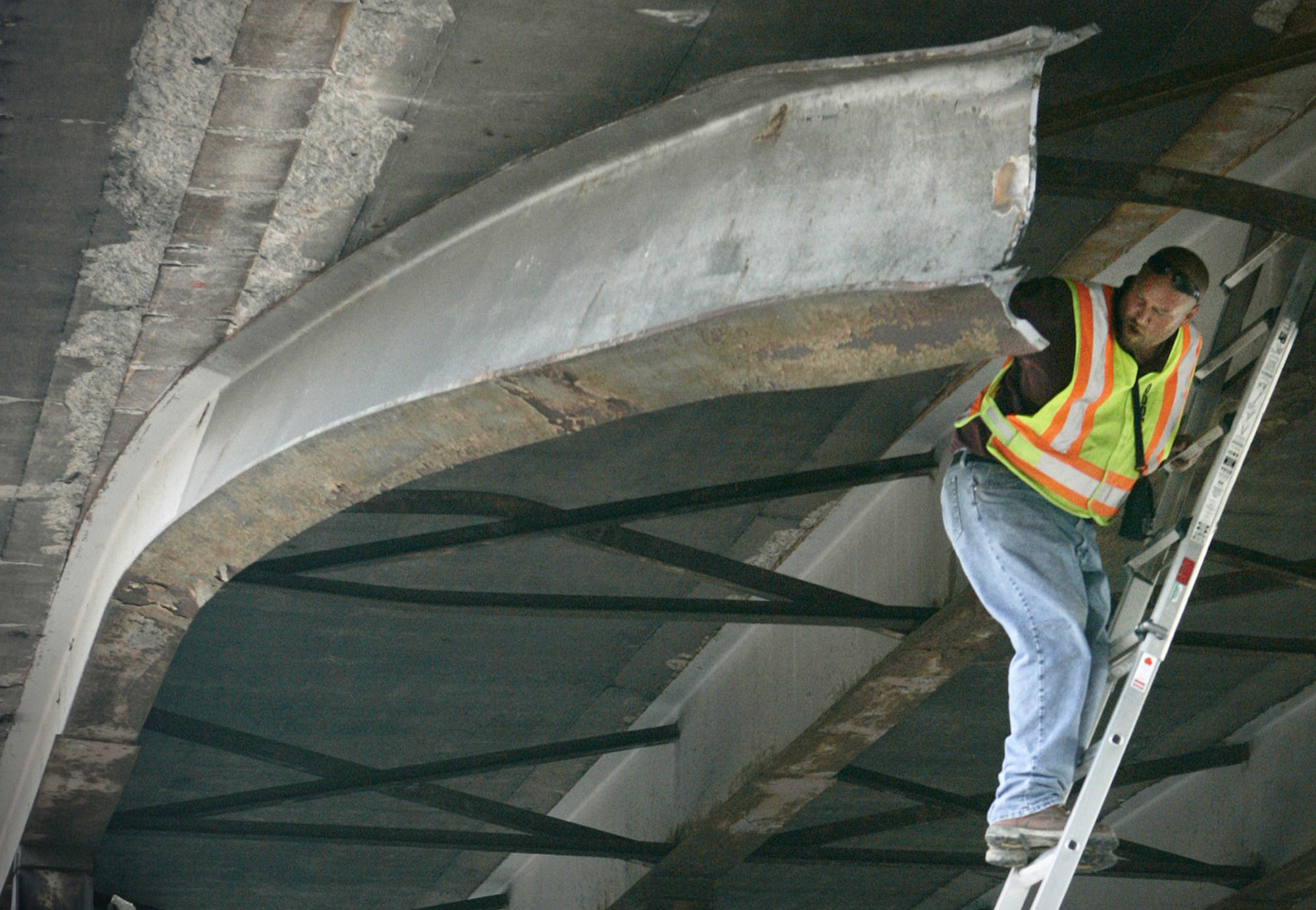

Looking to prevent dangerous strikes to bridges, New York is spending $4.3 million to install additional detectors to keep too-tall vehicles off state parkways, where overpasses are lower than many.
The detector systems are intended to curtail incidents that in 2017 have so far included more than 120 intrusions of over-height vehicles onto state parkways, and more than 40 bridge strikes, a spokesman for the New York State Department of Transportation told The Drive.
Because New York State parkways traditionally have bridges that are lower than the standard legal bridge clearance, commercial vehicles, school buses, tractor trailers and other tall vehicles are banned from its parkways. But that doesn’t mean trucks always stay off the roadways.
In October, a truck struck a low-lying Long Island Rail Road overpass in Westbury, prompting a move to raise the more than century-old structure two feet.
The project involves installing over-height detector systems at 13 locations with a history of trucks using to improperly enter parkways, with the technology relaying an invisible beam set at a specific bridge clearance height for the area. An over-height vehicle would set off a warning message on a color message sign display, alerting the driver of impending bridge strikes ahead. A camera linked to a state traffic center would also record the incident, and police could then be dispatched to the scene.
“Every bridge strike is not only a danger to the motorists and passengers involved, but also exacerbates the very serious traffic problems that Long Islanders experience every day,” Governor Andrew Cuomo, said in a news release.
Similar systems were installed on five parkways in the Hudson Valley in 2015, with 30 percent fewer bridge strikes on the Hutchinson River Parkway in 2016 than four years earlier. The state’s transportation department in 2011 installed slightly different technology near a low railroad bridge near Syracuse, with the location experiencing a reduction in bridge hits from several a year to an average of one annually.